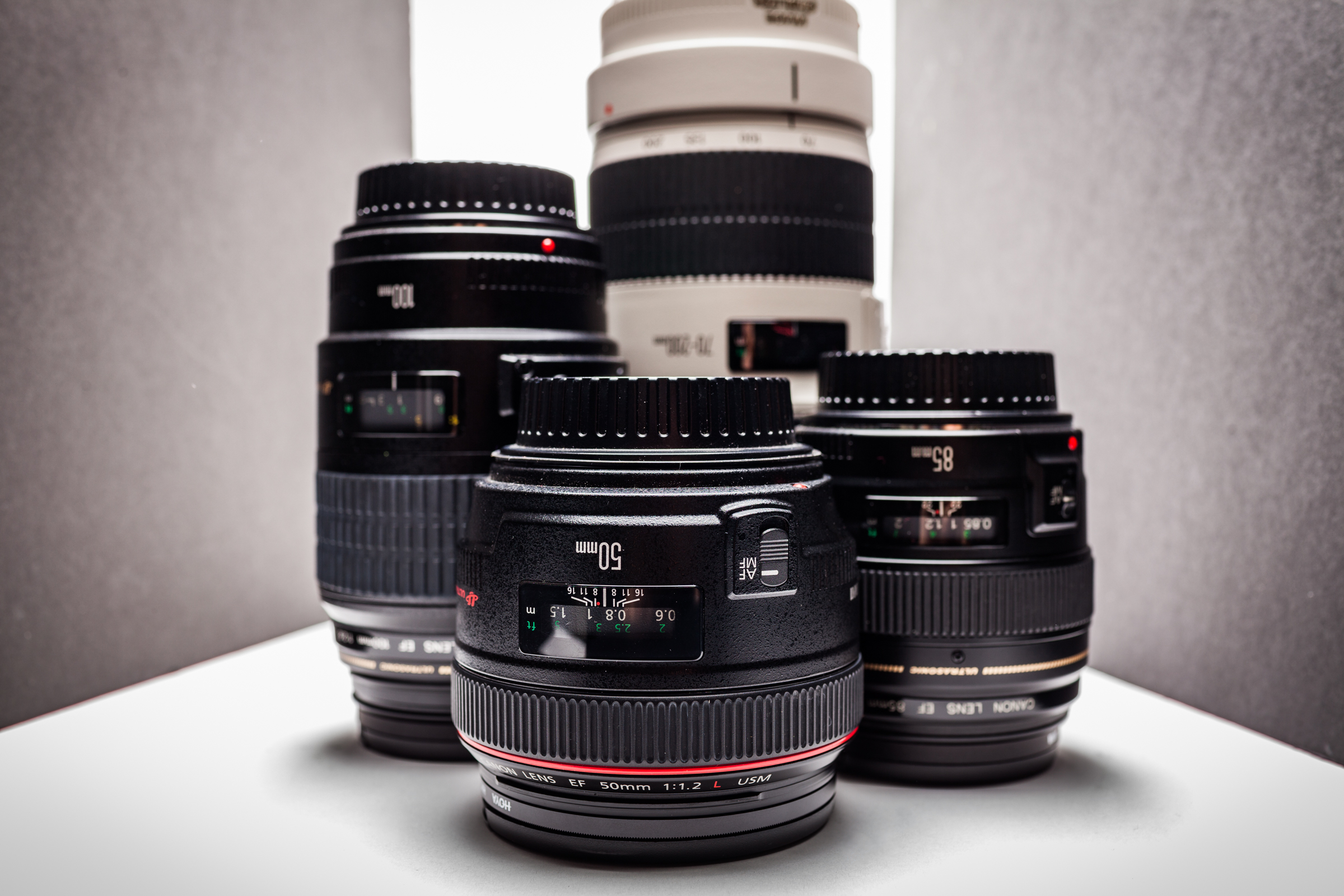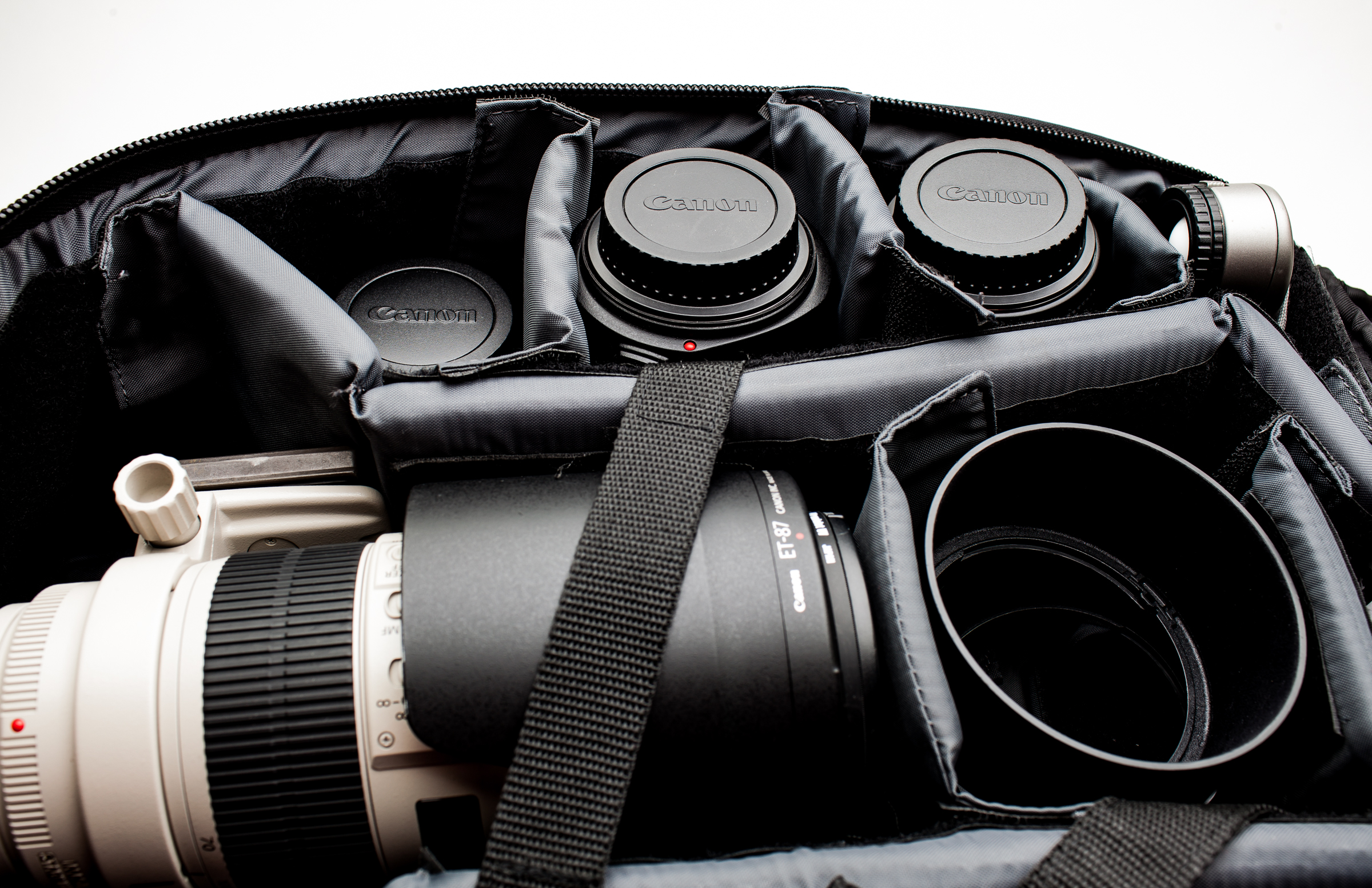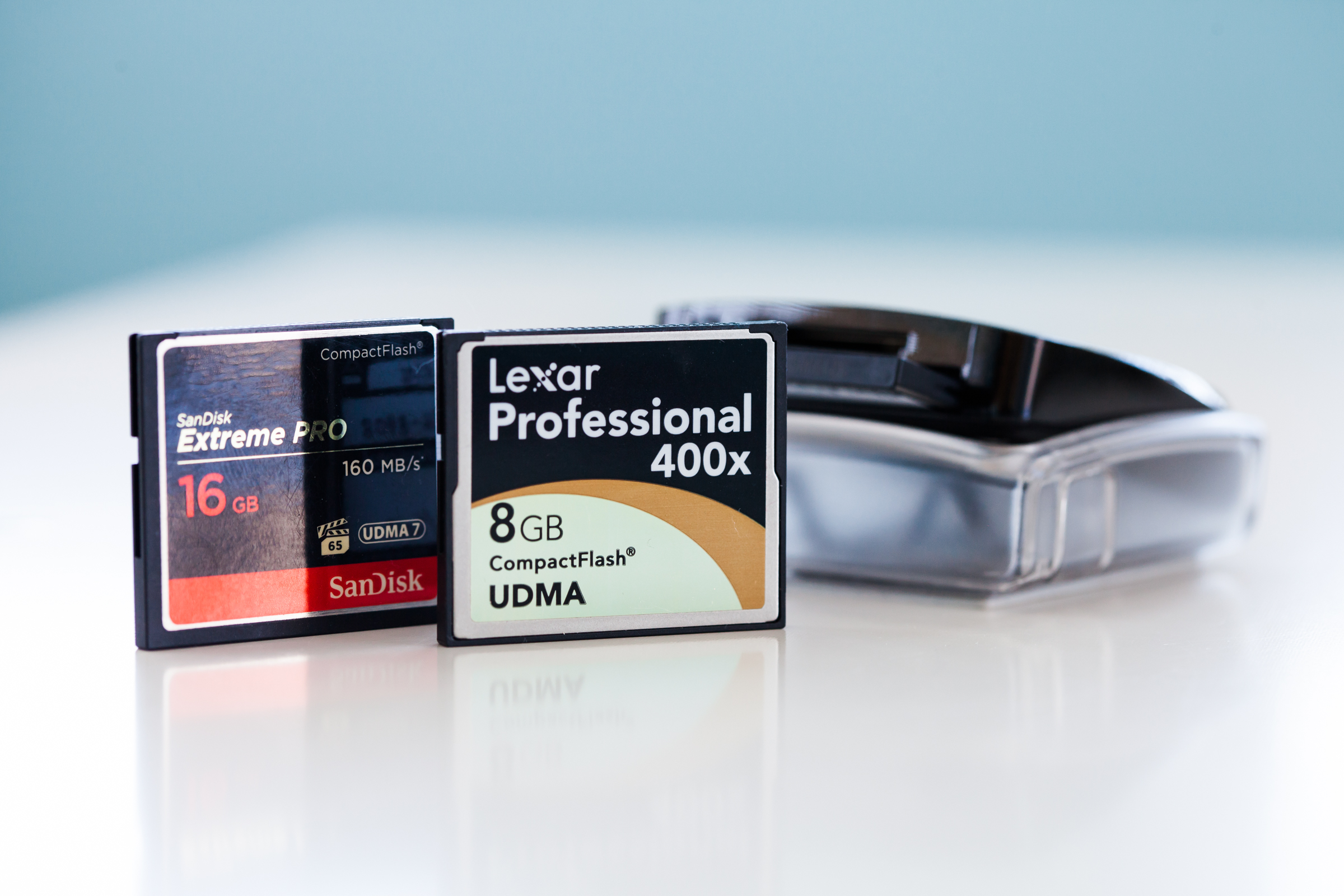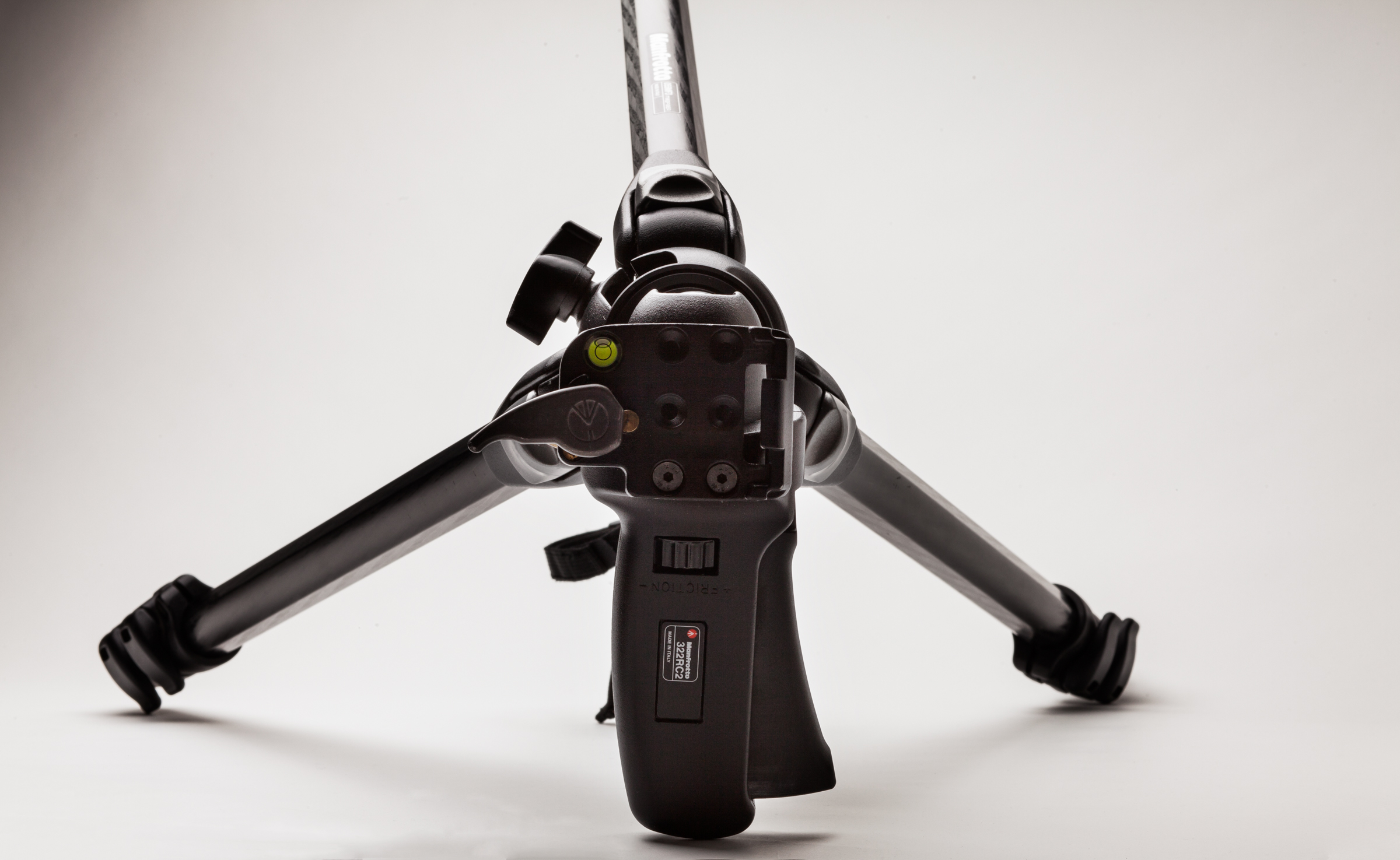The photography profession is full of really cool gear and equipment. Photographers salivate over the latest and greatest gadgets, lighting modifiers, trigger remotes, lenses, and white balance targets. All of which they can somehow justify needing. And don’t get me started on software. But it’s not all necessary.
After a decade of shooting professionally, and having spent plenty of dough on items I’ve used only once, here’s my advice for where to invest your hard earned green.
I’m a portrait photographer. Assume most of my suggestions apply to portrait shooters (though much of it could apply to other types of photography as well).
What someone pays for equipment today isn’t what that equipment is truly worth. The worth is what you gain from it over time.
Everyone knows you need a camera, computer and photo processing software (Lightroom for me, thanks). So let’s skip to the next items that can make a real difference.
And just to get it out of the way—get this stuff insured. We’re talking about thousands of dollars in gear; if it gets stolen or burned up in a fiery crash, you can’t shoot, can’t work, can’t earn a living.
Put Your Money In Glass.
I’m sure you’ve heard it before, but it bears repeating. While the camera has a lot to do with making photos, the lens allows you to interpret how the camera sees. You may find a low-priced lens that covers 55–250mm and think it’s great, but its aperture range is probably only f/4–5.6.

Not that that’s a lousy decision, but a lens that covers a wider range of apertures allows for more creative vision, creamier backgrounds (bokeh for you tech-heads), and deeper depth of field when you want it. I’d sooner spend more on good lenses than I would on a camera body any day. Especially at the rate cameras are getting upgrades.
If it’s between one outlasting the other, then my money is on lenses.
My suggestion:
- 70-200mm f/2.8
- 100mm f/2.8
- 85mm f/1.8
- 50mm f/2.8
- 35mm f/2.8
Get a gear bag.
This is one place where you should justify a high cost because as with so many things, you get what you pay for. Sure you can get a good deal on a house brand from any of the internet camera stores, but when compared to the quality of bags made by top brands, there’s a definite difference in craftsmanship, materials, and build.

This bag may well be toting your livelihood—so don’t skimp.
Get a reflector
And make it a 5-in-1. Not sure what that means? It’s a collapsible disc made of translucent fabric that includes a reversible cover that you can slip over the disc. The reversible skin has four panels: black, white, gold, and silver. A reflector will prove invaluable when shooting portraits inside or out.
By harnessing available light and bouncing it back into the shadows of your subject, you’ll quickly see its benefits. See if you can get a lightweight light stand with it, and a medium spring clamp to hold the bottom in place.
Get high-quality SD or CF cards
Flash memory is no place to gamble. Maybe you’ll save a couple bucks by going with a lower quality brand; it’s just not worth the headaches of losing client work or precious photos you worked so hard to capture.

Seriously, don’t be stingy here. You wouldn’t buy a high-performance sports car and pump regular 87 octane in it, would you?
My suggestion:
- Lexar
- SanDisk
Get a quality tripod and head
When I started shooting I found a tripod and head combo on eBay that looked great. It worked fine for awhile, but one night in the studio I watched my camera with 28-70mm f/2.8 lens dump right off and break into two pieces.
Don’t skimp on the sticks and joint that will balance your costly investment.

All photos © Ryan Klos
My suggestion:
- Really Right Stuff
- Manfrotto
Get backup storage
There’s a saying in technology: if it doesn’t exist in three places, it doesn’t exist. Don’t think that having your photos stored on an external hard drive counts as a backup. It doesn’t. If your house were to go up in flames, so would the computer and external drive.
Instead, consider cloud storage with a service. You’ll be looking at somewhere around $5 a month for unlimited automatic backup/storage. Doesn’t get much cheaper for peace of mind and a solid backup solution.
My suggestion:
Before purchasing anything, ask yourself these questions:
- Will it make me money?
- Is it imperative to have to make good photos?
- Will it allow me to become a better photographer?
- Will it help build my business?
- Will it help draw more clients?
Everything else is nice-to-haves.
Consider the worth of your equipment. What someone pays for equipment today isn’t what that equipment is truly worth. The worth is what you gain from it over time. Think years into the future and assess what this gear will allow you to do. It may be that you can charge clients more, or that your editing time is reduced because you’re getting most of it right in-camera.
If you’re investing in the right gear, it’ll be worth profoundly more than you paid for it.



